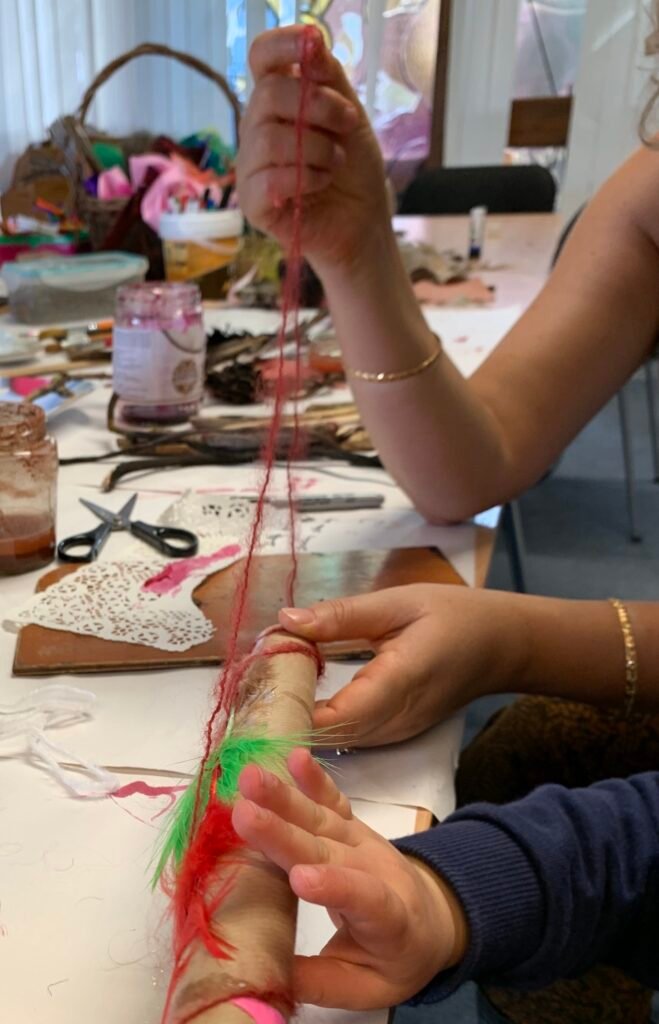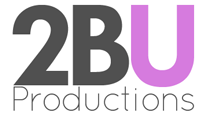Write Without Rules: family space to breathe
~ Elspeth Penny ~ Edit
Elspeth Penny, leader in creative letter writing, has made a new course. Be inspired by her letter-writing rack, unusual pens and home-made inks.

Why do this course?
Write Without Rules is an online course in creative letter writing that you can delight in doing with your kids. Guide age is 10-12.
Why kids like Elspeth’s creative letter writing:
“I like writing with feathers”
“I liked the letter and I felt happy”
“I loved every bit of it, especially the beetroot juice card making”
It’s an opportunity for you to develop your own writing, as it’s a series of writing exercises and stimuli that you can work into your day, over ten days. It’s also a way of developing your creativity in general.
Write Without Rules is a way to get your kids (and you) back to handwriting, free creativity, expression and linking with the outdoors.
You will create your own ideas in a letter trail, ready to store in a time capsule. The time capsule will capture the extraordinariness of now. In a way that you can return to when you’re older, and that future generations can enjoy.
How is this different?
This is different to the kind of thing that schools are often able to offer. This is not about curriculum, good grammar or spelling or sentence structure. Instead it’s educational in a whole different way. It is space to breathe. It’s a way of working out what’s important to you and your family, of unlocking peace in the present moment. It’s contemplative in a way many activities we all do just aren’t.
Teachers can get frustrated with following a series of guidelines which they see can hinder the free creativity of children. The way ‘creativity’ is taught in schools doesn’t work for every pupil. This is about letting words flow unhindered. So it’s good for expression, and is also a great activity for anyone who thinks in a slightly different or unusual way. Whether they are neuro-diverse, for example dyslexic, differently able, simply very creative. Or for those who find that the strictures of school learning binds their wings.
As a parent, what does it offer you?
As a writer with children, I’ve always been on the lookout to do creative hand written or hand made things with my kids. To get off screens, the endless texting we all do, online games and to share time together. I’ve tried to find ways to do this economically and imaginatively. As a single mum, this has been essential. Ideas for this course came out of ten years of experimentation, research and innovative projects. These were funded via a number of sources, such as the Area of Natural Beauty’s Discovering Blackdown Project, The Wellcome Trust, and The Arts Council of Great Britain.
I’ve also been running workshops in schools for ten years. And have looked out for valuable and fun things to do in when running workshops with Cubs, Scouts, Guides, Brownies. For children of all ages. The workshops have shown me that some children like to express themselves visually, and some in words. Many enjoy the opportunity to do both, or something in between. So I provide the structure and stimuli for you all to use the form of expression that you choose.
Why letters?
I’ve always loved letters, and have a lot to thank them for. Some years I did a Tedx talk in Exeter about The Lost Art of Letter Writing. In the talk, I use the example of a World War 2 letter, for example, because during the wars, people wrote a lot of letters to each other. So we have a very personal record of our ancestors. I also talk about how letters that I have been sent and kept, have enhanced my own life, and why.
“Not many people today realise the importance of hand-written letters, so what Elspeth is doing is actually inspiring. Inspiring to stand up for the things that make us feel real and happy, such as those precious letters that you get from a relative that lives miles away from you. A letter with its own scent, feel, creativity truly holds a great power in it, and it’s quite a shame that this art is forgotten.” Ankh
“Thank you for the inspiration♥️” Annie Kasperova
After the Ted talk, I developed an arts&health project with a Bristol University project – Life of Breath, called Letter to My Breath. This became a research project, which I co-wrote two academic papers for. We’re planning on writing a third. We also talked at quite a few conferences. Art sprung out of the letters too. Letters took me into academia and then to working with medics – talking and performing at conferences.
Though it’s letters that we’re creating in Write Without Rules, it’s not quite letters in the way some see them. My letters could be made from anything, they could be seen as ‘found art’ or as collage. They are about process not perfection, they are often a conversation with the self, work in layers, mark making or pure expression. They are a creative reflection.
How workshops with kids showed me what is missing for young people.
In one series of workshops that I ran in 2015, I worked with all the scouting groups in a village, to give the local kids a chance to be fully creative, with their own landscape in mind. I got good feedback:
‘They have clearly been able to be free whilst creating these – they’re really special aren’t they?’ one mother said to me.
Another wrote in the visitors book: ‘Loved the letters and the film – what wonderful creative enterprises! Fantastic that the kids get to express their creativity and individuality. The inks are wonderful.’
As part of this, children wrote letters to the future. We displayed these in a village exhibition, delighting many, including some passing bobbies. These were then put into a fantastic time capsule at the top of the school. For a fuller account of this, see Letter to the Future project

Working on a series of letters makes for a step change.
They say that it takes three days to break a habit. And ten days of step by step activity, creates a lasting habit, as well as a healthy body of work to put in a time capsule. Another development in the work came when I took my 16 year old son away for an artist’s residency in Dorset. It was an unusual thing to do, and he was a bit resistant to start with, naturally – he’d never done anything like it. We spend a lot of time in nature, walking and looking at trees, the sea, horses and wild flowers. He made things all week, and I made a letter a day – the first time I’d written a series of letters on a theme, rather than just one off letters.
My son made a series of art objects in parallel to my creations and at the end we held an impromptu storytelling event around the fire-dish. It wasn’t all plain sailing, but it was an extraordinary experience, which has stayed with both of us.I found the process so nourishing for our relationship and also for our well being, that I wanted to share the process with other people. If you want to know more, visit the blog: Arts residency at The Mothership. My son still makes things as a way to relax, and as personal gifts for his friends and family.
Creativity is a great way to encourage emotional development.
Since then, I’ve used the letter writing in various ways – for example during in a course in primary schools, with a puppeteer and a dancer: Letters with puppetry and dancing. We were using creativity and letter writing as part of that, to explore the use of breath to help with emotional well-being.
I’ve also run workshops with family groups, such as at Barton Hill Settlement in Bristol.
“Thanks very much for the workshop and for these notes. I thought your room was buzzing with creativity and I loved how you introduced people to the ideas. I watched you working with (a child) who gave the most bizarre answers (breath sounds like a lawnmower… !) and was really moved to see how gentle and non-prescriptive you were. I loved the pieces I saw (the box, the COPD one).” Professor Havi Carel, University of Bristol
An additional benefit of the letter writing is that it is therapeutic. I’d not call it therapy as such, but a growing body of research is showing that writing by hand, and art activity in general has wide therapeutic and health benefits. We need safe ways to express and explore our emotions without being judged. Arts and health is a growing area for Clinical Commissioning Groups, Town Councils, libraries and museums to engage with.
How the letters will be stored – the time capsule
We are lucky to have valuable hand written accounts in the form of letters, from the world wars. Using these letters as inspiration, I have found a way to guide people to make a unique document of their time now. They can leave things for their descendants in the form of a time capsule, a unique personal record. A Write Without Rules letter collection.
Who is it for?
Write Without Rules is for families or carers with 10-12 year old kids, but older and younger children are very welcome to… you know your kids and what they might like.
There are opportunities to post your letters on our Facebook group, win prizes and be in a podcast. So what’s stopping you?
How do you sign up? Sign up here: https://2bu-production.ck.page/d81a7976a4


